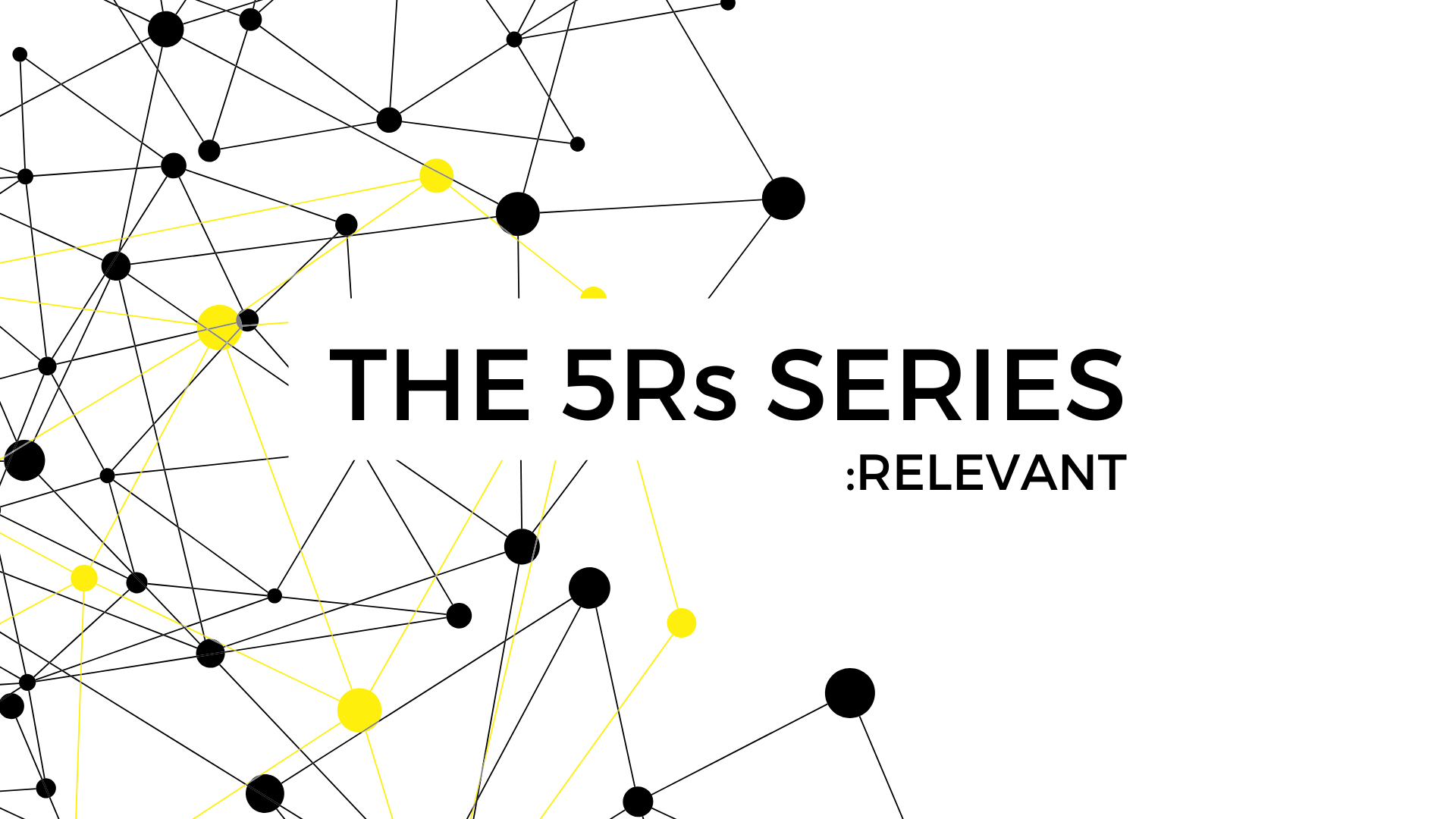What transformation does your data storytelling need to spark?

One common mistake data storytellers make is assuming that their audience is ready to act from the get-go. This is rarely the case. Expecting them to go from unaware of the problem to being willing and able to act to solve the problem after just one conversation - is unrealistic. No matter how compelling your evidence, argument or story might be.
When planning your data story, it’s essential to avoid assumptions and to understand the current position of your audience. Knowing this will help you tailor your story to meet them where they are and guide them through the transformation.
Start by asking yourself these questions:
Who is the primary audience?
What is their position on the topic now?
Where do we need them to be?
4 key transformations and how to tailor your data story to achieve them
Transformation 1 – From Unaware to Aware
Imagine addressing an audience that has no idea about the reality of the status quo. When the audience is unaware or confused, your goal is to shed light on the situation, providing them with a clear understanding of the issues at hand.
Do this by:
focusing on the most important points only
breaking down complex information into component parts
busting myths that might be affecting their view of the situation
Until you help your audience see the reality of the situation, they cannot explore the potential options available to them.
Transformation 2 – From Aware to Understand
Awareness alone is not enough; the audience must understand the implications of the problem and why decisions and actions are necessary. When they don’t see how the issue affects them personally, or understand what is in their control to address, there’s a risk of apathy or inertia.
Overcome this risk by:
showcasing relationships and patterns within the data to show wider impact
calling out relevant connections to the bigger picture and their specific goals
utilising predictive analytics to show future consequences
creating a sense of urgency to motivate the audience to want to know more
When your audience understands how the data relates to their needs, they are more likely to engage with your message.
Transformation 3 – From Understand to Believe
Even when your audience understands the data, they might still be sceptical about your recommendations – this is natural when persuading others to act or change, especially in high stakes decisions. When the audience feel uncomfortable or threatened, they may question the validity of the data, your interpretation in your data story or its relevance to their unique situation.
Overcome this risk by:
triangulating different data sources, ideally with externally validated sources that build trust
doubling down on a few priority recommendations, so your narrative is consistent
including real world case studies to show the art of the possible, rather than relying on data alone
you can build credibility and trust, helping your audience move from understanding to believing in your recommendations.
When you build credibility and trust with the audience they are more open to hear and consider your position, even if it is contrary to their own.
Transformation 4 – From Believe to Act
Change can be met with resistance, especially if it challenges the status quo. Even when the audience believes in the recommendations, they might be reluctant to take the necessary steps, due to feasibility concerns or the personal effort involved in making it happen.
Help your audience by:
acknowledging these challenges and showing empathy with their reality
showing practical examples of overcoming obstacles
using behavioural science techniques to nudge your audience forward with small manageable steps
highlighting the potential consequences of inaction and impact on the goal.
By making the recommendations feel viable and feasible you give the audience the opportunity to identify potential routes forward.
How to action with your own data story
Now, it’s your turn.
Take a moment to reflect on your current data story and the primary audience you are looking to influence:
How can you guide them through the transformation?
Where do you need to start?
What is a realistic first step?
What does this mean for your data storytelling?
Ready to transform your data storytelling?
If you are looking for more hints and tips on enhancing your relevance, click here to download the FREE Chapter ‘How to plan a relevant data story’ from ‘Data Storytelling in Marketing: How to tell persuasive stories through data’